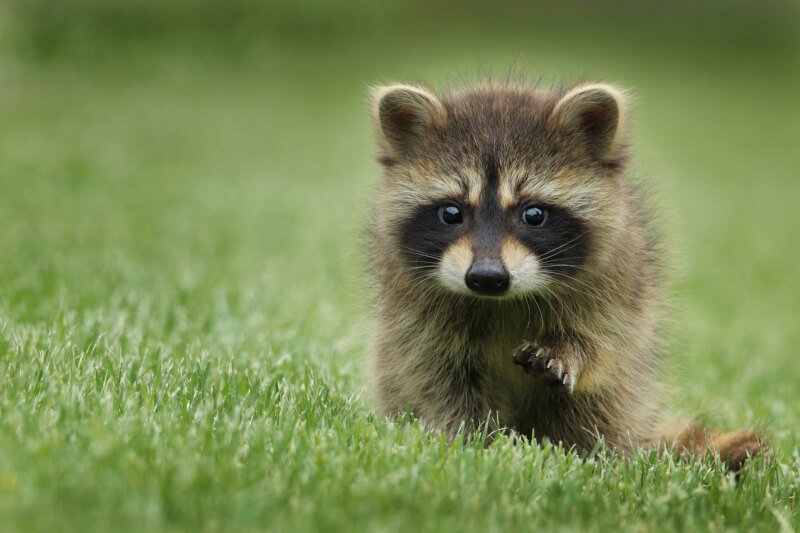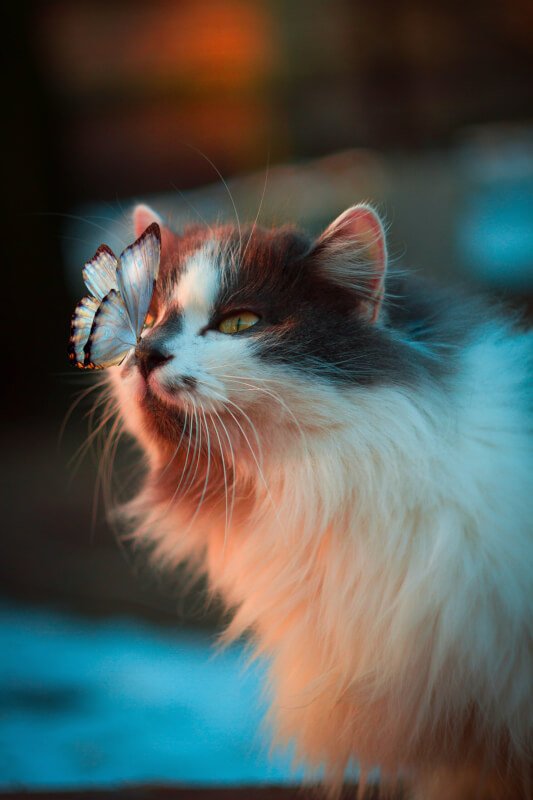Are you curious about what reptiles eat? Look no further! In this comprehensive guide, we will explore the diverse diets of reptiles, from snakes to turtles and everything in between. Discover the fascinating world of reptilian cuisine as we delve into the various food preferences and feeding behaviors of these fascinating creatures. From insects to small mammals, you’ll be amazed at the wide range of foods that reptiles consume to survive and thrive in their natural habitats. So, get ready to unravel the mysteries of reptilian appetites and gain a greater understanding of these incredible creatures.

Overview of Reptile Diets
Reptiles, as a diverse group of animals, display a wide range of dietary preferences. From carnivorous hunters to herbivorous grazers, and even omnivores that have a taste for both meat and plants, reptiles have adapted to extract the necessary nutrients from their chosen sources. In this comprehensive guide, we will explore the fascinating world of reptile diets, examining the specific preferences of various species and shedding light on the unique feeding behaviors that make them such captivating creatures.

Carnivorous Reptiles
Carnivorous reptiles are the apex predators of their ecosystems, relying solely on animal matter for sustenance. Within this category, we find a variety of reptiles with diverse feeding behaviors, all united by their carnivorous nature.
Snakes
Snakes are notorious carnivores, utilizing a range of hunting techniques to capture their prey. Their diet primarily consists of small mammals, birds, amphibians, and even other reptiles. Some larger snake species, such as pythons and boas, have the ability to consume larger prey, including deer and other ungulates, thanks to their remarkable ability to stretch their jaws and their muscular bodies that allow them to overpower their victims.
Crocodiles and Alligators
Crocodiles and alligators are formidable predators known for their immense strength and stealthy hunting prowess. These reptiles are well-suited to aquatic environments and often prey on fish, birds, mammals, and even amphibians. With their powerful jaws and sharp teeth, they are capable of subduing large prey and tearing them apart.
Monitor Lizards
Monitor lizards, such as the Komodo dragon, are skilled carnivores with voracious appetites. They predominantly feed on small mammals, birds, reptiles, insects, and carrion. The Komodo dragon, in particular, is known for its ability to take down large prey, including water buffalo, by relying on its sharp teeth and a bacteria-laden bite that causes deadly infections.
Turtles and Tortoises
Turtles and tortoises may be commonly associated with herbivorous diets, but several species also fall into the carnivorous category. These reptiles typically consume insects, worms, and small vertebrates like frogs and fish. Carrion is another source of food for some species, as they scavenge the remains of dead animals.
Lizards
Lizards, although primarily omnivorous, also include several species that follow a carnivorous lifestyle. Many lizards feed on insects, ranging from ants and termites to crickets and grasshoppers. Some larger lizards, such as the monitor lizards mentioned earlier, have an increased ability to hunt larger prey, including small mammals and birds.

Herbivorous Reptiles
Herbivorous reptiles deviate from their carnivorous counterparts by solely consuming plant matter. Their digestive systems are specially adapted to break down and extract nutrients from plant-based sources, allowing them to thrive on a diet devoid of meat.
Turtles and Tortoises
Turtles and tortoises, the gentle giants of the reptile world, are notable herbivores. Their diet mainly consists of grasses, leafy greens, flowers, and fruits. Some aquatic species also consume aquatic vegetation, such as algae and aquatic plants, while others opt for a combination of land and water-based vegetation.
Iguanas
Iguanas, known for their striking appearance and vibrant colors, are primarily herbivorous reptiles. Their diet primarily consists of fruit, leaves, flowers, and young shoots. Leafy greens serve as a staple in their diet, providing an array of essential nutrients.
Salamanders
Salamanders, though less commonly associated with reptiles, are indeed classified as such. Herbivorous salamanders feed on a variety of plant-based foods, including fruits, vegetables, flowers, and even mosses. Their diet varies depending on the specific species and the resources available in their environment.
Green Anoles
Green anoles, known for their ability to change color, are also herbivorous reptiles. Their diet consists of small insects and various plant matter, such as fruits, flowers, and leaves. These reptiles often forage within their territorial zones to find suitable food sources.
Uromastyx
Uromastyx, also known as spiny-tailed lizards, are primarily herbivorous reptiles with a preference for a wide range of desert plants. Their diet includes leaves, flowers, fruits, and even cactus pads. An interesting adaptation of uromastyx is their ability to store fat in their tails, which helps them survive in arid environments with scarce food resources.
In conclusion, the world of reptile diets encompasses a remarkable range of preferences and behaviors. From the carnivorous snakes and crocodiles to the herbivorous turtles and iguanas, these creatures have evolved fascinating adaptations to survive and thrive on their chosen diets. Understanding the varied eating habits of reptiles offers us a glimpse into the incredible diversity and complexity of the natural world.



